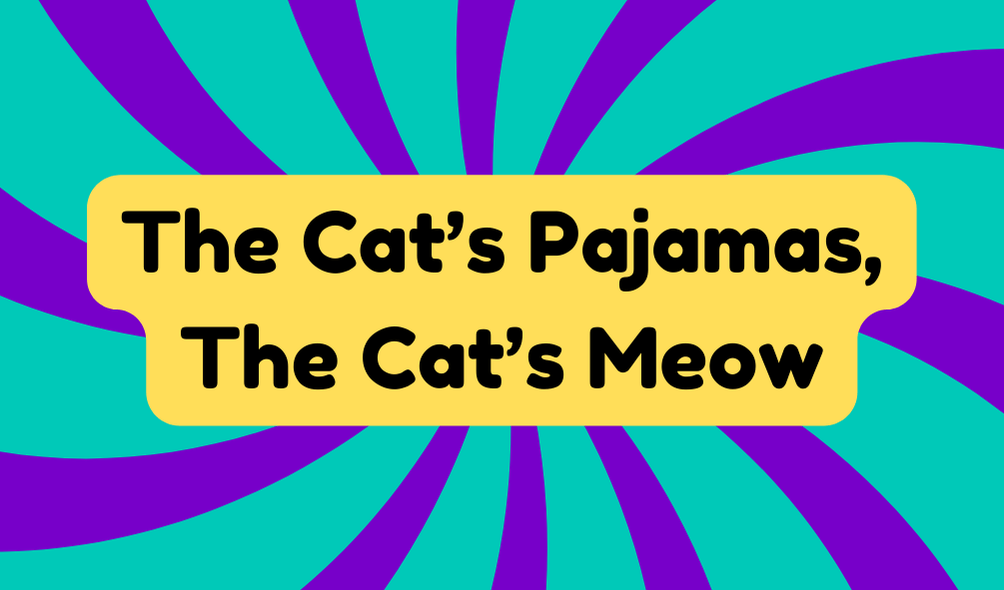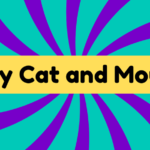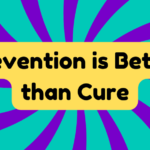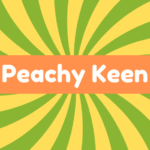"The Cat's Pajamas" and "The Cat's Meow" are whimsical phrases that signify excellence. Although popularized in the 1920s, they now appear somewhat outdated. Their origins reflect a playful linguistic creativity often tied to the flapper era, when pajamas symbolized modernity. These terms convey quality in casual conversations but risk losing their impact through overuse. While they can add charm and nostalgia to language, awareness of their datedness is essential for effective communication. Understanding how to use these expressions can enrich dialogue, leading to a deeper appreciation of their unique place in our language. More insights await those interested in this linguistic journey.
Synonyms
In exploring the phrases "The Cat's Pajamas" and "The Cat's Meow," one may encounter a variety of synonyms that similarly convey excellence or exceptional quality. These playful expressions reflect linguistic trends that add vibrancy to our language. Significantly, consider these alternatives:
- The Bee's Knees
- The Cream of the Crop
- The Dog's Bollocks
While such phrases can liven up dialogue and attract interest, one must acknowledge their potential to appear dated or overly whimsical. Their origins rooted in the cultural zeitgeist of the past compel us to critically evaluate their relevance today. As we navigate contemporary discussions, it remains essential to balance the charm of these expressions with an awareness of their limitations in modern usage.
Example of Sentences
Numerous examples illustrate the vibrant applications of "The Cat's Pajamas" and "The Cat's Meow" in everyday language. These playful expressions have not only endured but also adapted to modern usage, reflecting cultural significance in various contexts. Here are three examples:
- "After her stunning performance, she became the cat's pajamas in the world of dance."
- "This new café is the cat's meow, attracting everyone with its unique vibe."
- "His innovative ideas truly represent the cat's pajamas of contemporary design."
These phrases encapsulate excellence and charm, albeit sounding a bit dated. Their enduring appeal invites us to explore other expressions, encouraging a deeper understanding of the playful and often whimsical nature of language, even as we remain mindful of their origins.
Origin
The origins of the phrases "The Cat's Pajamas" and "The Cat's Meow" remain shrouded in mystery, with several theories attempting to explain their rise in popularity during the 1920s. These expressions reflect not just linguistic creativity, but also cultural symbolism tied to the flapper fashion movement. Pajamas, embraced as stylish sleepwear, became a canvas for innovation, suggesting freshness and modernity. Some theories credit cartoonist Thomas A. Dorgan with popularizing these phrases, while others imply that the vibrant, carefree spirit of flappers led to their creation. Despite their ambiguity, the terms encapsulate a sense of delight and allure, emblematic of an era characterized by transformation and playful rebellion against conventional norms.
Collocations
Collocations related to phrases like "The Cat's Pajamas" and "The Cat's Meow" offer insight into their usage and popularity in various contexts. These quirky phrases encapsulate cultural nuances and elevate everyday language. Here are three notable collocations:
- "The Cat's Meow" in marketing slogans, signifying premium quality.
- "Cat's Pajamas" used in informal discussions to denote something cool.
- Feline references in pop culture, assigning charm and whimsy.
However, while these expressions add flair, their overuse risks diluting their impact. The fascination with feline references harkens back to the 1920s but invites skepticism about their relevancy today. Understanding these collocations assists in steering language effectively, though discernment in usage remains essential.
How to Use in Everyday Language
Understanding how to effectively incorporate phrases like "The Cat's Pajamas" and "The Cat's Meow" into everyday language enriches communication and adds a touch of whimsy. These playful expressions can enhance conversations, making them more engaging. Below is a table to illustrate practical uses:
| Context | Example Usage |
|---|---|
| Compliment | "Your outfit is the cat's pajamas!" |
| Describing Quality | "This café is the cat's meow!" |
| Expressing Excitement | "That movie was the cat's pajamas!" |
Using these charming idioms can elevate language, but one should be cautious. While they offer nostalgia, overuse may render them clichéd. Balancing innovation with tradition guarantees impactful communication that resonates without sounding outdated.
Why Is It Still Relevant Today?
How do vintage expressions like "The Cat's Pajamas" and "The Cat's Meow" maintain their charm in modern discourse? Their relevance today stems from a blend of cultural nostalgia and idiomatic creativity, serving as playful reminders of bygone eras. These phrases evoke a sense of whimsy and unique flair amidst a fast-paced, technology-driven world. While some may view them as outdated, their continued use highlights an enduring dance between tradition and innovation in language. They challenge us to appreciate linguistic evolution, encouraging exploration of other historical idioms that enrich our communication. In a time when originality is prized, such expressions invite introspection and creativity, inviting fresh interpretations that keep them alive and engaging in the present.







